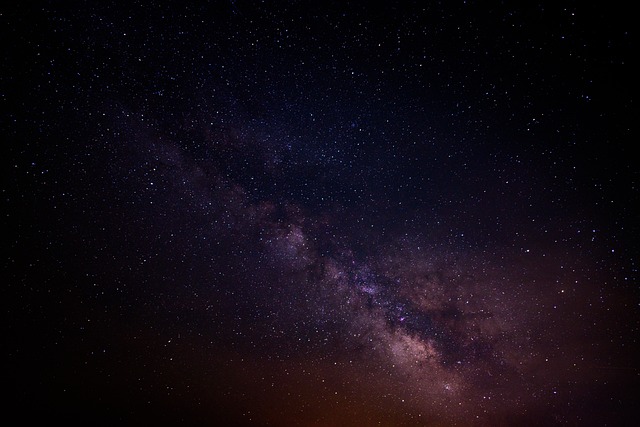Space is a hostile environment with several inherent dangers for astronauts, spacecraft, and space missions. The biggest dangers in space include:
- Radiation: Space is filled with high levels of ionizing radiation from sources such as the sun and cosmic rays. Prolonged exposure to this radiation can harm living organisms and damage spacecraft electronics. Protecting astronauts from radiation is a significant challenge for long-duration missions.
- Microgravity: The absence of gravity in space can lead to several health issues for astronauts, including muscle atrophy, bone density loss, and changes in fluid distribution within the body. These effects can be mitigated with exercise and proper equipment, but they remain significant concerns for long-duration missions.
- Micrometeoroids and Space Debris: Tiny micrometeoroids and larger space debris particles can pose a significant threat to spacecraft and astronauts. These high-speed particles can puncture or damage spacecraft, spacesuits, and equipment, potentially causing catastrophic failures.
- Extreme Temperatures: Space experiences extreme temperatures, ranging from extremely hot when exposed to the sun to extremely cold in the shadow of celestial bodies. Managing and regulating temperatures is crucial to the functioning of spacecraft and the safety of astronauts.
- Isolation and Psychological Challenges: Long-duration missions, such as those to Mars, can lead to psychological challenges due to isolation, confinement, and separation from loved ones. Maintaining the mental health and well-being of astronauts is a critical concern.
- Distance from Earth: The vast distances involved in space exploration mean that communication with mission control can be subject to significant delays. This makes autonomous decision-making and problem-solving essential for the safety of astronauts.
- Space Travel Hazards: The process of launching and re-entering Earth's atmosphere can be perilous. Astronauts face risks during launch, and re-entry and spacecraft must endure extreme conditions, such as high temperatures and pressures.
- Life Support Systems: The failure of life support systems, such as those providing oxygen, water, and waste recycling, can be life-threatening. Ensuring the reliability of these systems is vital for space missions.
- Solar Storms: Solar flares and coronal mass ejections can release bursts of energy that, if directed toward Earth or a spacecraft, can pose a radiation hazard to astronauts and potentially damage electronics.
- Human Error: As in any complex endeavor, human error is a risk. Mistakes in spacecraft operation, navigation, or mission planning can lead to accidents or mission failure.

Efforts to mitigate these dangers involve extensive training, advanced technology, and rigorous mission planning. Space agencies like NASA and international organizations continuously work to enhance safety measures and develop solutions to protect astronauts and ensure the success of space missions.
Top Stories, Trending, Viral, Jobs, Information & Entertainment Telegram Channel Click to Join Infimor
